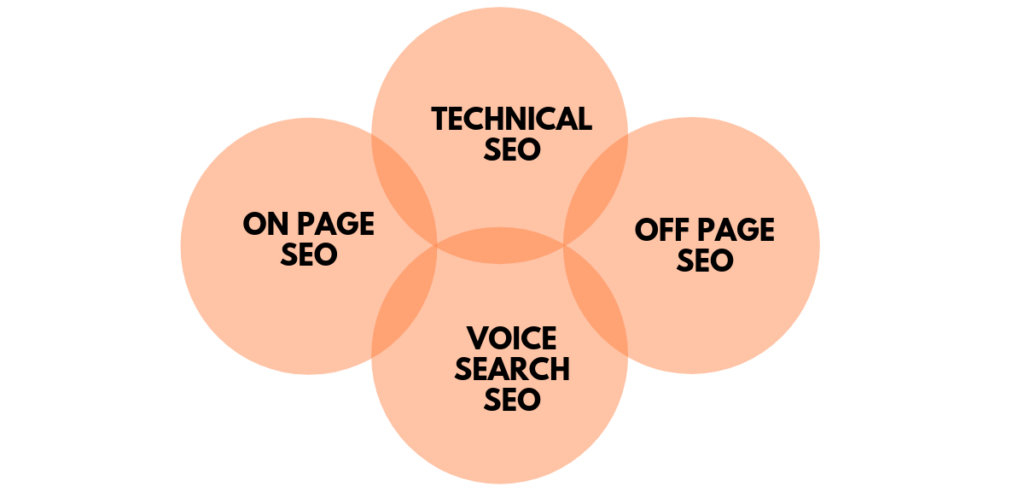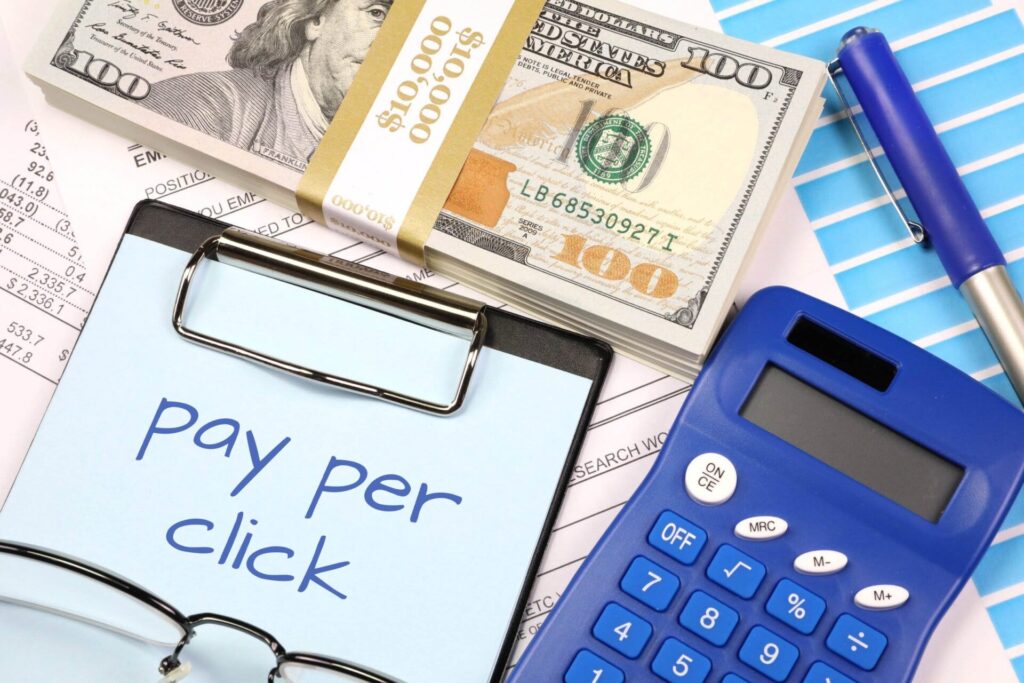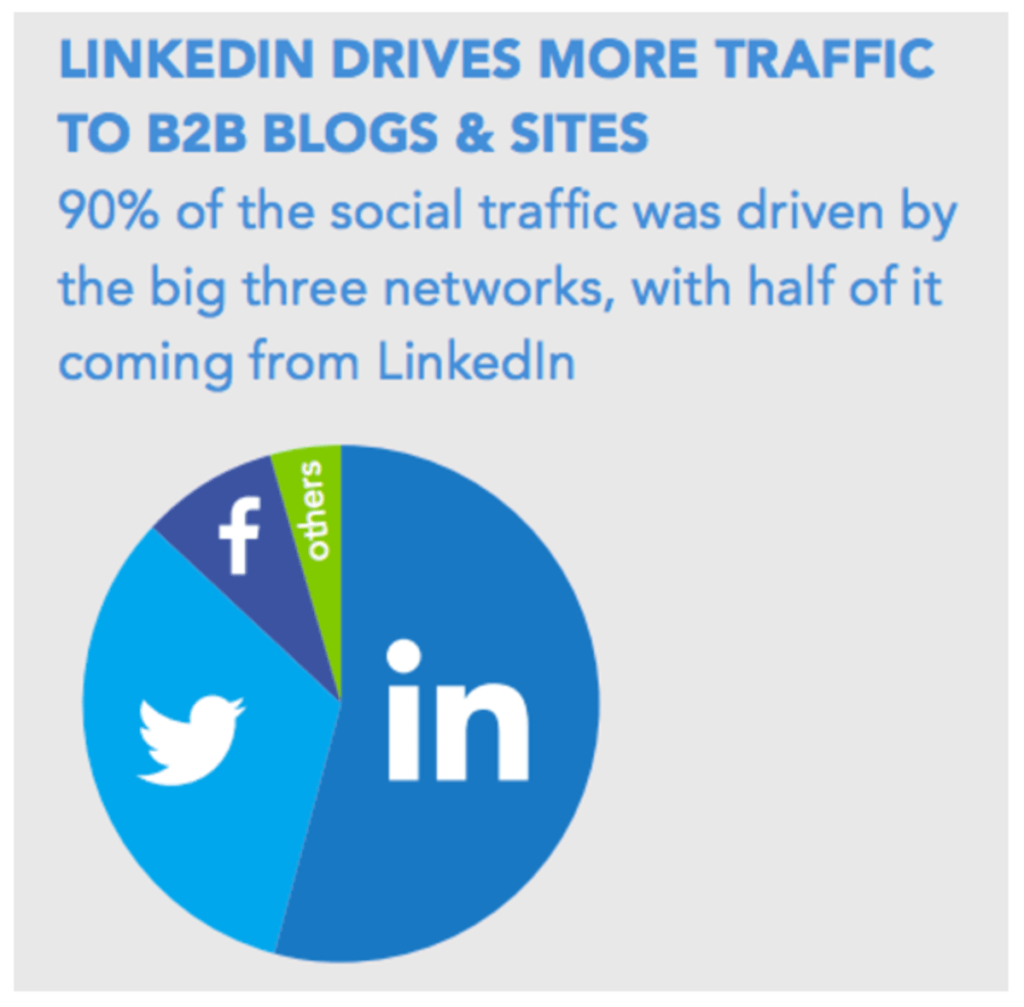What if I told you that you could double your organic traffic and leapfrog your competitors in search results with just a few simple tweaks to your website?
According to Backlinko, optimizing your on-page SEO can result in an astonishing +1000% increase in organic traffic. But with Google’s algorithms becoming more advanced every year, mastering on-page SEO isn’t easy.
In this comprehensive guide, I’ll walk you through the key elements of on-page optimization in 2024. You’ll learn how to optimize your website’s content, HTML tags, individual pages, and technical factors to maximize your search rankings.
Whether you’re a marketing manager, small business owner, or SEO specialist, you’ll discover actionable tactics to improve your keyword targeting, site speed, mobile optimization, and analytics. With the right on-page SEO, you can turn your website into a search engine rankings machine.
Ready to start climbing the first page of Google? Let’s dive in.
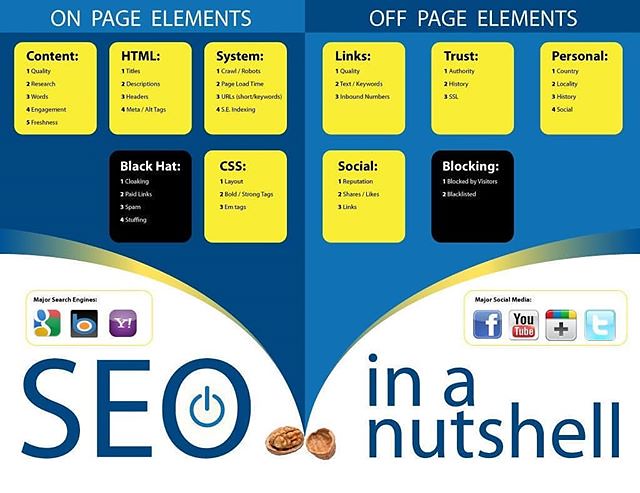
I. Introduction to On-Page SEO
On-page SEO refers to the optimization of onsite elements on a webpage that help improve its rankings in search engines like Google. With the right on-page SEO implementation, you can significantly boost your organic traffic, leads, and sales.
Some key benefits of on-page optimization include:
– Higher click-through rates – Optimized page elements like titles and meta descriptions help entice searchers to click on your listing.
– Increased conversion rates – Relevant, high-quality content keeps visitors on your site longer and prompts them to convert.
– Lower bounce rates – Fast loading pages with clear navigation keep visitors from leaving your site quickly.
– Improved user experience – Mobile-friendly responsive design and easy-to-consume content satisfies user needs.
– More organic traffic – Higher rankings for target keywords drive more free traffic to your site from search engines.
Mastering on-page SEO requires both an art and a science. You need to know how search engines like Google evaluate pages while also creating compelling, useful content for human readers.
In this guide, I’ll walk you through the key elements of on-page optimization in 2024 so you can start scaling your organic reach and revenue.
II. Core Elements of On-Page SEO Optimization
1. Keyword Research and Targeting
Keywords are the foundation of on-page SEO. To attract searchers and rank for valuable terms, you need to identify and optimize your content for relevant keywords.
Conduct Thorough Keyword Research
– Find keyword opportunities by researching what terms your audience uses to find your products/services.
– Prioritize keywords based on search volume, competition, relevance, and commercial intent.
– Long-tail keywords with 3-5 words tend to be easier to rank for than short, broad terms.
Strategically Target Keywords
– Include your focus keyword in strategic places like page titles, headers, meta descriptions, image alt text, and 2-3 times in the body content.
– Aim for a keyword density between 2-3% (count keyword instances divided by total word count). Higher densities risk over-optimization penalties.
– Also use related keywords and synonyms throughout content to widen the relevance.
2. Create Optimized, High-Quality Content
Creating optimized, high-quality content is crucial for both on-page SEO and user experience.
– Write lengthy, in-depth content over 1,500 words answering searcher questions and needs.
– Ensure all content is original and provides value – avoid thin or duplicate content.
– Include related internal links to pass authority around your site.
– Break content into readable paragraphs, bullet points, numbered lists, and infographics.
– Insert relevant images and videos with descriptive alt text and file names.
3. Optimize HTML Tags
Proper use of HTML tags signals search engines about your important content:
– Title tags: Concisely summarize the page in 60-70 characters with the focus keyword.
– Meta description: 160 character summarizing descriptions appear under the title on search engine result pages.
– Header tags (H1 – H6): Break content into logical sections and hierarchy.
– Image alt text: Describe images to search engines and visually impaired users.
– Schema markup: Code that adds rich results like review stars, events, etc.
4. Mobile Optimization
With increasing mobile usage, having a mobile-friendly site is essential for on-page SEO.
– Use responsive design to adapt sites for any device size.
– Ensure pages pass Google’s mobile-friendliness test.
– Leverage Accelerated Mobile Pages (AMP) for faster mobile experience.
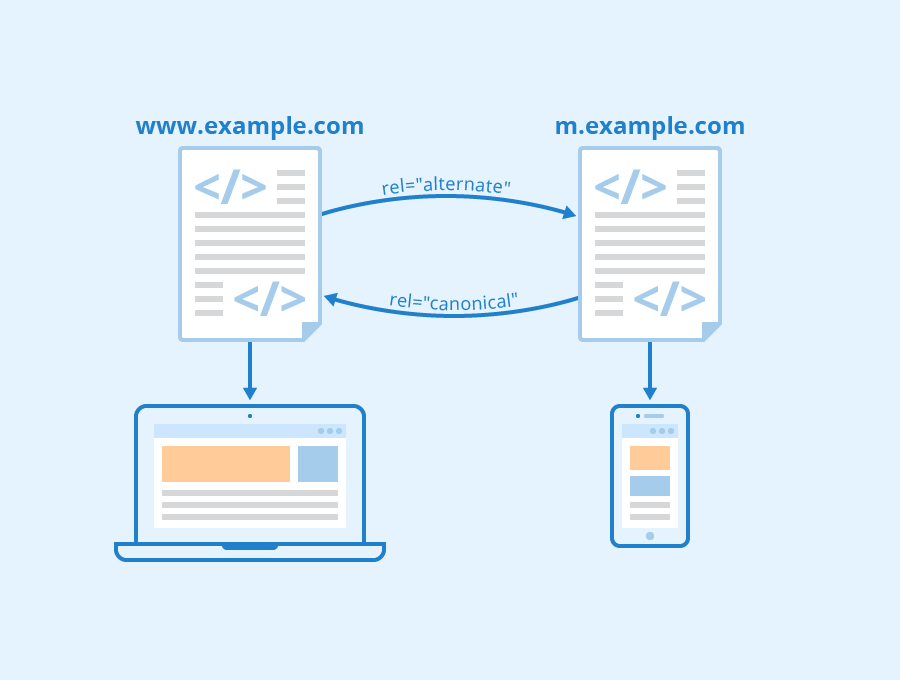
5. Site Speed and Performance
Faster sites have higher user engagement and search rankings.
– Minify HTML, CSS, JS and compress images to reduce file sizes.
– Cache static assets on a CDN and use browser caching.
– Keep page load times under 2-3 seconds.
– Fix broken links, validate HTML, and resolve indexation issues.
III. Optimizing Individual Pages for Target Keywords
Optimizing individual pages with a laser focus on topics and keywords is key to on-page SEO.
Keyword-Focused Content
– Each page should target a specific primary keyword and closely related secondary terms.
– Create topic-focused, “siloed” pages rather than cramming multiple subjects onto one page.
– Include keywords in the page title, URL, headers, content, meta description, etc.
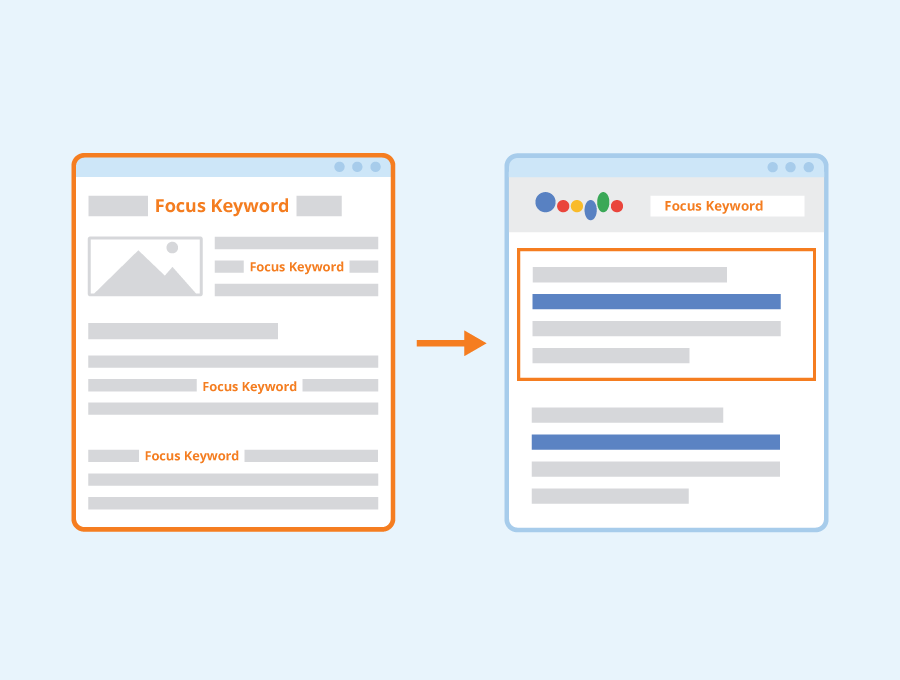
Media Optimization
– Insert relevant images, infographics, videos, etc. that visually support the content.
– Optimize media files with target keywords in the file name and alt text description.
– Use compression to reduce image file sizes for faster loading.
– Videos should include text descriptions and transcripts.
Add Structured Data
– Structured data provides search engines with organized information using schema markup.
– Can include review stars, author info, events, products, and more.
– Helps pages stand out in rich results and be understood by bots.
IV. Tracking and Improving On-Page SEO Performance
To further optimize on-page SEO, you need to dig into analytics and run experiments.
Monitor Google Search Console
This free tool provides data on:
– Indexation issues like pages not getting crawled.
– Crawl errors to fix like 4XX status codes.
– Search appearance and performance by keyword.
Analyze Page-Level Analytics
Using Google Analytics, look at:
– Bounce rates to identify unengaging pages.
– Time on page as a quality signal.
– Conversion tracking to optimize paths.
Run A/B Tests
Try variations of:
– Headlines and meta descriptions.
– Content structure, length, images.
– Calls-to-action and buttons.
– Analyze for statistical significance.
V. On-Page SEO Checklist
To summarize, here is a handy on-page SEO checklist:
🔎 Conduct keyword research
📝 Optimize content for target keywords
🗣️ Use keywords in titles, headers, URLs, etc.
📱 Ensure mobile optimization
⚡️ Improve site speed and performance
🔗 Fix broken links and errors
📊 Track analytics and run A/B tests
📈 Monitor progress in Google Search Console

VI. Conclusion
As you can see, on-page SEO encompasses many factors – from keywords and content to site speed and navigation. While complex, optimizing these elements can dramatically increase your organic traffic and conversions.
I recommend starting by picking a target keyword, optimizing a page for it, and tracking its search performance. From there, expand your optimization efforts across your entire site.
Be sure to keep iterating and improving pages over time. On-page SEO is never “one and done.” With constant tweaks and refinement, you’ll continue climbing the search rankings well into the future.
Now that you have a solid foundation in on-page optimization best practices, it’s time to put them into action! Let me know if you have any other questions – I’m happy to help further optimize your website for even greater success.

Frequently Asked Questions
What is the most important on-page SEO element?
Optimized content is likely the most important on-page factor. You need high-quality, keyword-targeted content that answers searchers’ queries to both rank well and keep visitors engaged.
How often should I optimize existing content?
Ideally, you should tweak existing content every 3-6 months. Freshen up content by adding new details, examples, FAQs, and related keywords. Outdated content withers in performance over time.
Do I need to keyword stuff to rank well?
Absolutely not! Avoid over-optimizing as Google’s algorithms can detect unnaturally high keyword densities. Aim for a 2-3% density and focus more on informative, engaging content most of all.
People Also Ask
What are the 5 most important on-page SEO factors?
The 5 most important on-page SEO factors are:
– Keyword-optimized content
– Fast site speed
– Compelling title tags and meta descriptions
– Quality backlink profile
– Great user experience on mobile
How can I improve my website’s on-page SEO?
Some ways to improve on-page SEO include:
– Conduct keyword research to identify terms to target
– Optimize page content, titles, headers, etc. for focus keywords
– Improve site speed with compression, caching, minification
– Ensure mobile responsiveness and accelerated mobile pages
– Add schema markup for rich results
– Fix technical errors like broken links in HTML
What is the best way to optimize a page for a keyword?
The best way is to focus the page on that keyword. Research related questions and terms to include throughout the content. Target the keyword in the title tag, header tags, meta description, alt text, URL, etc. But avoid over-optimizing – concentrate on informative, engaging content most of all.
On-page optimization may seem complex at first, but as you can see, it all comes down to enhancing the user experience through relevant, high-quality content. By focusing on keyword-optimized titles, headers, media, and text, you make it easy for search engines to understand your pages’ topics.
Combine this with technical site improvements like faster load speeds and mobile responsiveness, and you have an SEO-friendly site ready to climb the rankings.
While the specific tactics will change over time, the principles remain the same – create awesome content that answers searchers’ queries better than the competition. Constantly refine your on-page factors and track your search analytics to maximize performance. With the comprehensive SEO knowledge you now have, you’re ready to audit your site and significantly boost your organic traffic.
I challenge you to pick one underperforming page and optimize it for a high-potential keyword. Once you see those search visits increasing, expand your efforts to more pages. Soon you’ll have a well-oiled SEO machine attracting more of your ideal visitors from Google.
If you found this guide helpful, please share it with others who want to improve their website’s search rankings. And if you need more personalized help implementing these on-page SEO best practices, don’t hesitate to reach out. Now go dominate those search results!

